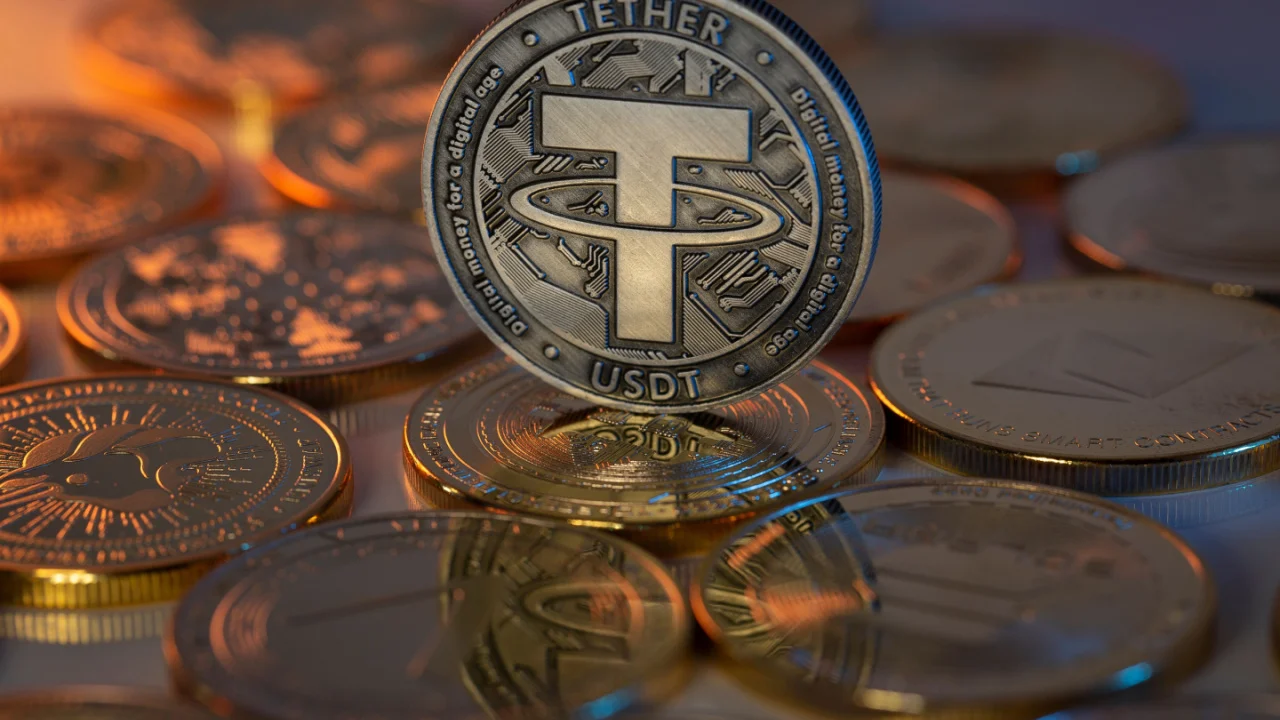|
Getting your Trinity Audio player ready...
|
The world of Decentralized Finance (DeFi) is witnessing a significant shift with a surge in Uniswap V2 pool deployment on Ethereum Layer 2 (L2) solutions. This trend, reported by popular crypto expert YG Crypto on the X (formerly Twitter) platform, highlights the growing importance of L2 technologies for Ethereum’s scalability and the future of DeFi.
Uniswap V2 pools, the backbone of decentralized exchanges, allow users to directly swap between ERC-20 tokens. Previously, high transaction fees and congestion on the Ethereum mainnet hampered DeFi’s accessibility. However, L2 solutions like Arbitrum, Optimism, and Polygon are changing the game.
These L2 networks act as overlays on the Ethereum mainnet, inheriting its security while offering significant advantages. Firstly, L2 solutions boast superior scalability, capable of processing many more transactions compared to Ethereum. This makes them ideal for high-traffic applications like Uniswap.
Secondly, L2 networks offer drastically lower gas fees compared to the Ethereum mainnet. This translates to cheaper costs for users participating in Uniswap pools, making DeFi more accessible to a wider audience.
Finally, L2 solutions provide a smoother user experience with faster transaction confirmations. This is crucial for attracting new users and retaining existing ones in the fast-paced DeFi landscape.
The widespread adoption of Uniswap V2 on L2 networks underscores two key takeaways. Firstly, it showcases the resilience and adaptability of the Ethereum ecosystem. The emergence of L2 solutions demonstrates Ethereum’s ability to evolve and address scalability challenges.
Secondly, this trend signifies growing confidence and investment in L2 technologies. This paves the way for the next wave of DeFi innovation and user adoption.
Understanding Layer 1 and Layer 2 Solutions
For those new to the world of blockchain, it’s important to understand the distinction between Layer 1 and Layer 2 solutions. Layer 1 blockchains, like Ethereum, form the foundational layer of a decentralized network. They utilize consensus mechanisms like Proof-of-Work (PoW) or Proof-of-Stake (PoS) to secure the network and process transactions.
Also Read: Uniswap (UNI) Soars Against The Crypto Crash: $42.49 Price Target Or Market Mirage?
Layer 2 solutions, on the other hand, are additional protocols or blockchains built on top of Layer 1. They inherit security from the underlying Layer 1 while offering increased scalability and faster transaction processing.
The synergy between Layer 1 and Layer 2 solutions is crucial for the future of DeFi. Layer 1 blockchains provide the foundation for security and decentralization, while Layer 2 solutions enable faster transactions and lower costs, ultimately making DeFi more user-friendly and accessible.
Disclaimer: The information in this article is for general purposes only and does not constitute financial advice. The author’s views are personal and may not reflect the views of Chain Affairs. Before making any investment decisions, you should always conduct your own research. Chain Affairs is not responsible for any financial losses.
With a keen eye on the latest trends and developments in the crypto space, I’m dedicated to providing readers with unbiased and insightful coverage of the market. My goal is to help people understand the nuances of cryptocurrencies and make sound investment decisions. I believe that crypto has the potential to revolutionize the way we think about money and finance, and I’m excited to be a part of this unfolding story.




